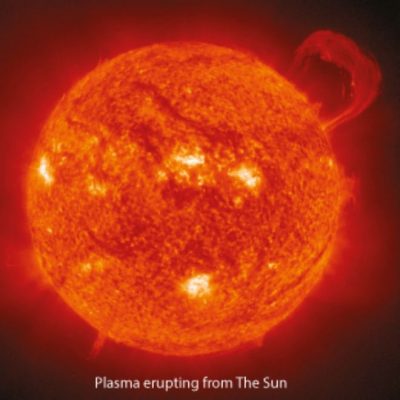The Sun
Everything we know in the universe started more than 10 billion years ago with a huge cosmic explosion called the Big Bang. There are about 100 billion galaxies in the visible universe. The spiral galaxy in which we live is called the Milky Way. Our Solar System is located on the Orion arm of the Milky Way and our Sun is one of a 100 billion stars in this one galaxy.
The Sun
The Sun is the 4.6 billion-year-old star at the centre of our Solar System and has a diameter of 1,392,000km (864,949 miles), about 109 times that of Earth. The Sun is made up of about 74% hydrogen and 25% helium, with the remainder being oxygen, carbon, neon, iron and others.
The visible surface of the sun, called the photosphere, is about 300km (186 miles) thick and its temperature is 5,500°C (10,000°F). Above the photosphere is the chromosphere, measuring about 10,000km (6,214 miles) in thickness, which sends jets of plasma out into space. The magnetic storms, or Aurora, that directly affect the Earth are due to chromospheric eruptions, which release large quantities of electromagnetic energy.
The average distance to the Earth from the Sun is 149,597,871km (92,955,807 miles), also known as 1 Astronomical Unit (AU). Light travels from the Sun to Earth in about 8 minutes and 19 seconds. Life on Earth is dependent on the light and warmth from sunlight.
Orbiting closest to the Sun are the four terrestrial inner planets. In order of their distance from the Sun these are as follows.

